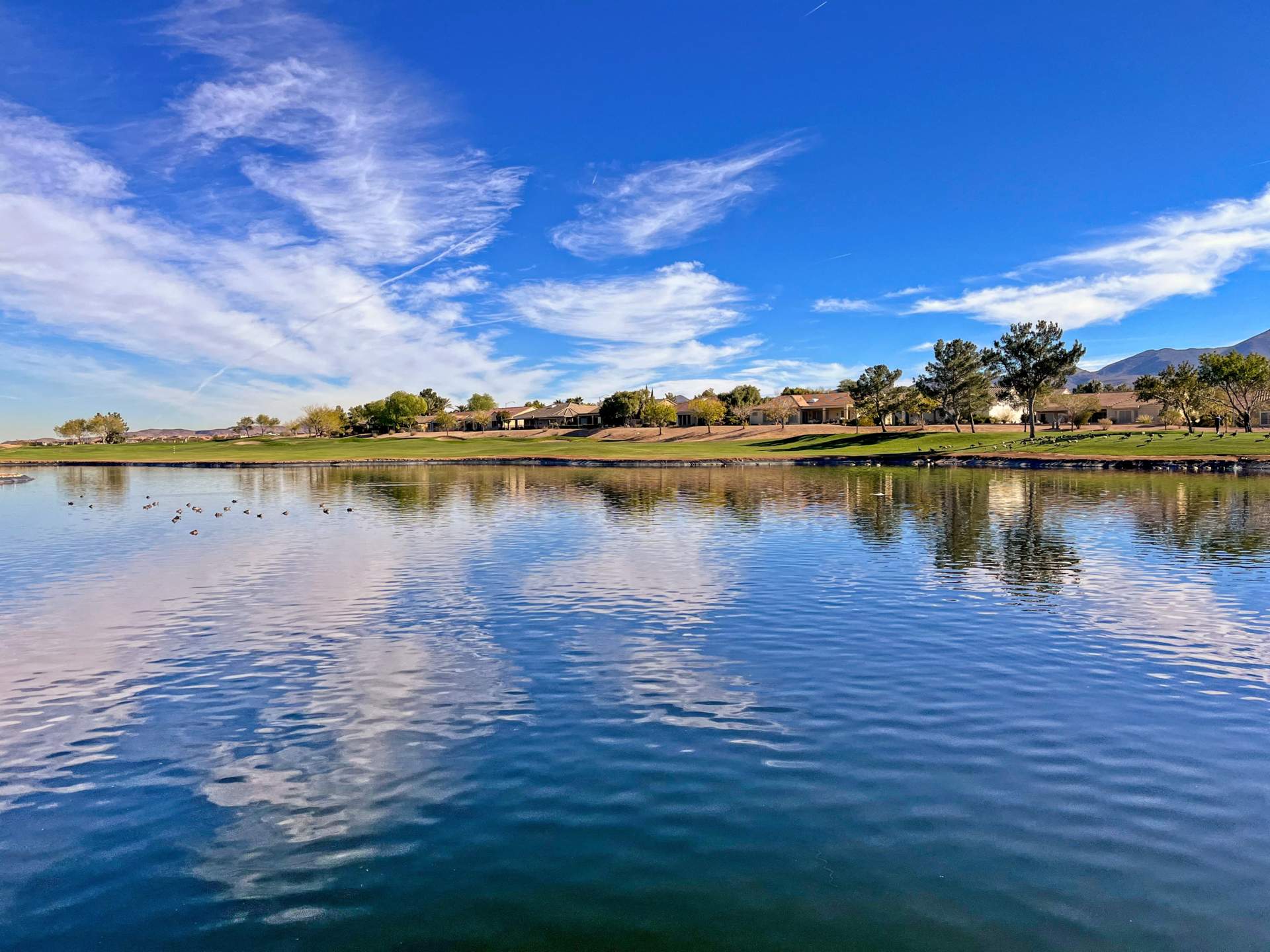Lake restoration encompasses the strategies and actions taken to return degraded or polluted lakes to a healthier state, thus ensuring the sustainability of their ecosystems, enhancing water quality and preserving their value for future generations.
Using a multifaceted approach that addresses the root causes of degradation and considers the broader watershed context, it is possible to restore lakes to their former vitality. This, in turn, yields profound benefits for the environment and local and broader communities.
How Lakes Degrade
Lakes can degrade through a variety of mechanisms, often involving a combination of natural processes and human activities. Eutrophication, the enrichment of water bodies with nutrients (primarily phosphorus and nitrogen, and primarily from upstream agricultural operations), leads to excessive growth of algae and aquatic plants, resulting in oxygen depletion, fish kills, and loss of biodiversity.
Sedimentation, another significant process, occurs when soil erosion from the watershed deposits sediments into lakes, reducing water depth and clarity, and affecting aquatic life. Pollution from agricultural runoff, industrial discharges, and urban storm-water introduces toxic substances, further deteriorating water quality. Additionally, hydrological alterations, such as water withdrawals and the modification of inflow and outflow patterns, can disrupt the natural balance of lake ecosystems.
Why It Matters To Restore a Lake
Restoring a lake is crucial for several reasons. Ecologically, it helps in preserving biodiversity and ensuring the sustainability of aquatic habitats. Lakes are integral to hydrological cycles, acting as crucial reservoirs for freshwater. On a social level, lakes provide recreational opportunities, enhance the aesthetic value of landscapes, and support local economies through tourism and fisheries. From a health perspective, the restoration of lakes ensures the safety of water for drinking, swimming, and other recreational activities, reducing the risks associated with waterborne pollutants and diseases.
How To Restore a Lake
Lake restoration employs a diverse array of methods tailored to address specific issues. Nutrient management aims to reduce the input of phosphorus and nitrogen, primarily through improved agricultural practices, wastewater treatment upgrades, and the establishment of buffer zones.
Sediment removal by dredging is employed to extract accumulated sediments and restore lake depth and water quality. If a lake is drained completely using pumps or a wall breach, there may be cause to add a synthetic liner to the lake bed, or to replace an existing one. Liners help maintain water levels without seepage, which most natural soil beds cannot, and are very valuable in lakes and reservoirs made for potable water or for sensitive aquatic life. Often HDPE is chosen as the synthetic geomembrane to use here, but with so much depending on the choice, it’s important to get professional advice on the right material to use. See our Guide to Lake Liners for the best approach.
Biomanipulation involves altering the fish population to control algae growth, promoting a healthier aquatic ecosystem. Aeration increases oxygen levels, mitigating the effects of eutrophication. Moreover, shoreline stabilization and wetland restoration around lakes help in filtering pollutants, controlling erosion, and providing habitats for wildlife.
The Surrounding Watershed
The watershed, the area of land where rainfall collects and drains off into a body of water, plays a critical role in lake health. Effective lake restoration therefore requires a watershed-based approach, considering factors such as land use, soil types, vegetation cover, and the extent of impervious surfaces.
Agricultural practices within the watershed significantly impact nutrient runoff, necessitating the adoption of sustainable farming techniques. Urban areas contribute to storm-water runoff, highlighting the need for green infrastructure and effective storm-water management systems. Natural buffer zones, such as forests and wetlands, are essential for filtering pollutants before they reach the lake.
The Benefits of Restoring a Lake
The benefits of lake restoration are manifold, encompassing environmental, economic, social, and health aspects. Environmentally, restoration enhances biodiversity, improves water quality, and stabilizes ecosystems. Economically, healthy lakes boost local economies through increased tourism, recreation, and property values. Socially, restored lakes provide community spaces for recreation and leisure, fostering a sense of well-being and community pride. Health benefits include reduced exposure to pollutants and pathogens, and the hard-to-measure but priceless gift of feeling closer to nature, which humans increasingly desire for mental balance. All of these elements contribute to the overall well-being of communities.


